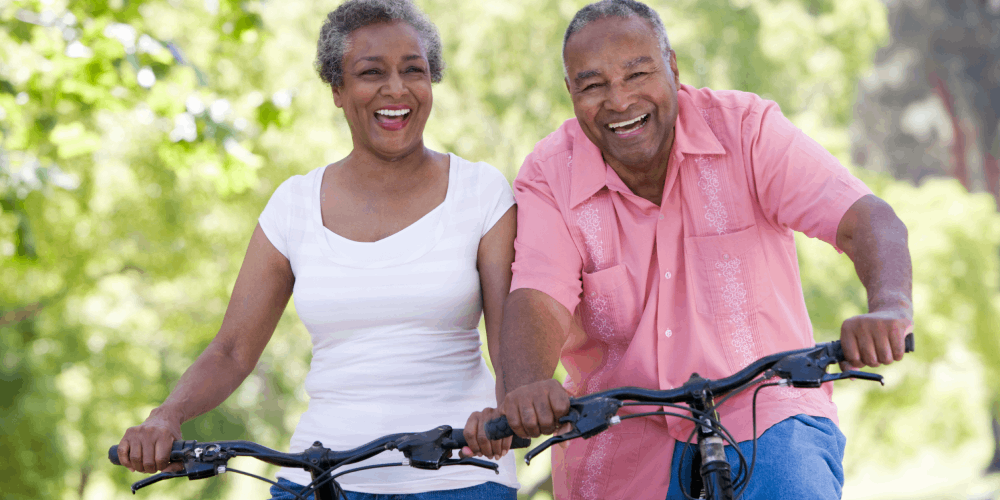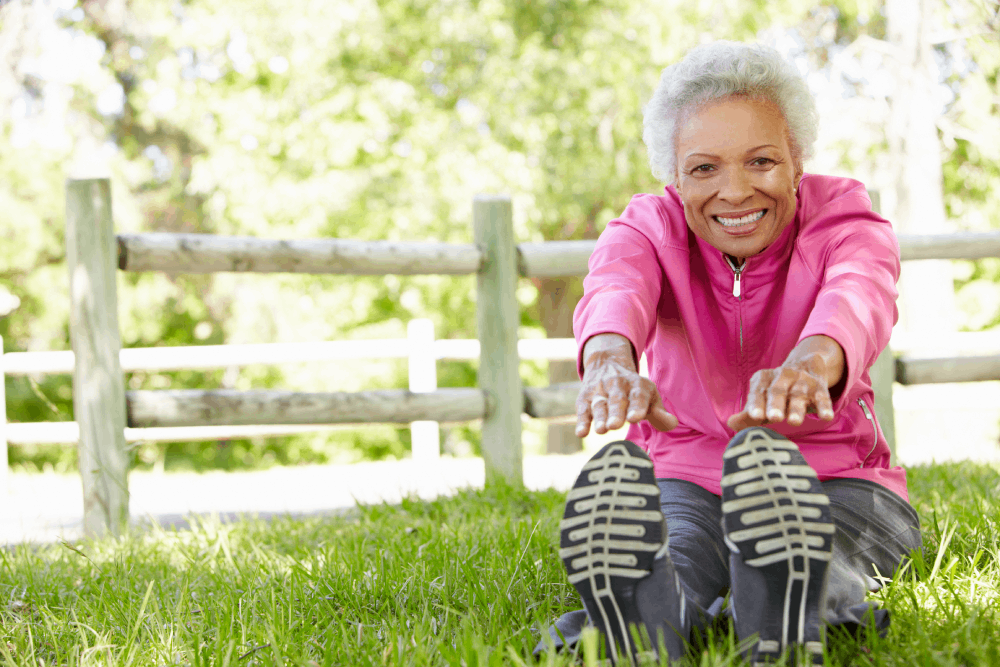Exercising with High Blood Pressure (Hypertension)
High blood pressure (hypertension) occurs as a result of the narrowing of blood vessels and low levels of oxygen in the cells. Negative feelings, excess weight, unhealthy habits, and a sedentary lifestyle contribute to vasoconstriction, which accelerates arterial blood flow velocity. Consequently, it leads to an increase in cardiac workload and blood vessel damage.
Sports, physical activity, household chores, and walking help to naturally widen vessels. Blood restores its normal flow, stabilizing blood pressure. Performing exercises that involve leg muscles brings the maximum positive effect for lowering blood pressure.
Almost 25% of all capillaries of the human body are concentrated in the lower extremities. Walking or running improves the ability of the blood vessels to dilate and get filled with oxygen. Leg muscles act as a second heart that helps keep blood flowing. It reduces the energy expenditure of the heart, thereby stabilizing blood pressure levels.
The Effect of Exercise on Hypertension (High Blood Pressure)
- body weight control
- strengthened blood vessel walls
- blood flow normalization
- increased oxygen delivery to tissues and organs
- reduced stress levels
- improved sleep quality.
Getting the right type and amount of exercise can help lower blood pressure. Workouts should cheer you up and bring pleasure, and only then will they become beneficial. In case of hypertension, check with your physician before starting an exercise program. It is recommended to start with low-intensity exercises. As soon as the body adjusts to a new level of activity, the intensity can be increased.
Best Exercises For High Blood Pressure

- Squats help remove accumulated fluid in the vessels that limit the range of motion.
- Running strengthens the muscles of the legs, which ensures the proper functioning of the cardiovascular system.
- Swimming engages all muscle groups, increasing the body's endurance
- Push-ups improve the endurance of leg muscles and sculpt arms, abs, and chest.
- Neck exercises boost natural blood flow in the cervical spine.
- Breathing exercises train to breathe correctly, allowing more oxygen to reach blood vessels.
- Walking
- Yoga and stretching
- Dancing
- Cycling
However, physicians recommend avoiding moderate- to vigorous-intensity exercise, which can raise blood pressure above 190 mmHg at peak exercise. You can monitor blood pressure by measuring heart rate. It should not exceed 180-200 beats per minute. You can set the BPM to a specific number on your smartwatch or bracelet, and it will then notify you if your heart rate falls above the numbers you set.
How To Tell if You are Over-exercising?
- spikes in heart rate
- shortness of breath
- discomfort, burning sensation, and heaviness in the chest
- eye floaters, blurred vision
- tinnitus, dizziness, nausea
- swelling, numbness in any part of the body or face
Exercises to Avoid with Hypertension (High Blood Pressure)
- heavy weight lifting
- sudden changes in posture
- excess pressure on the neck and back
- head-down tilt, head tilt back, lifting legs above the head
- breath-holding
- quick squats
- shuttle run
